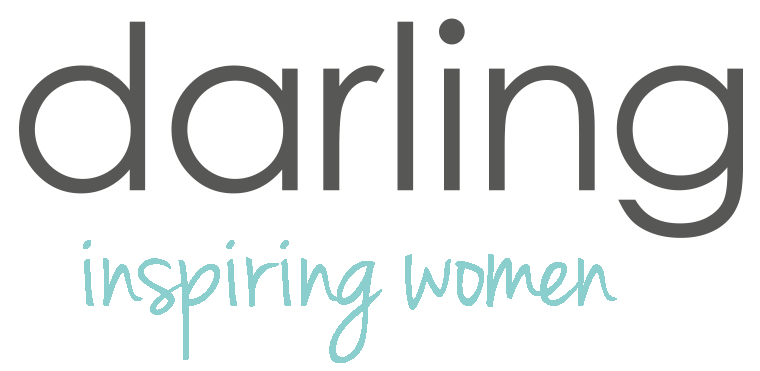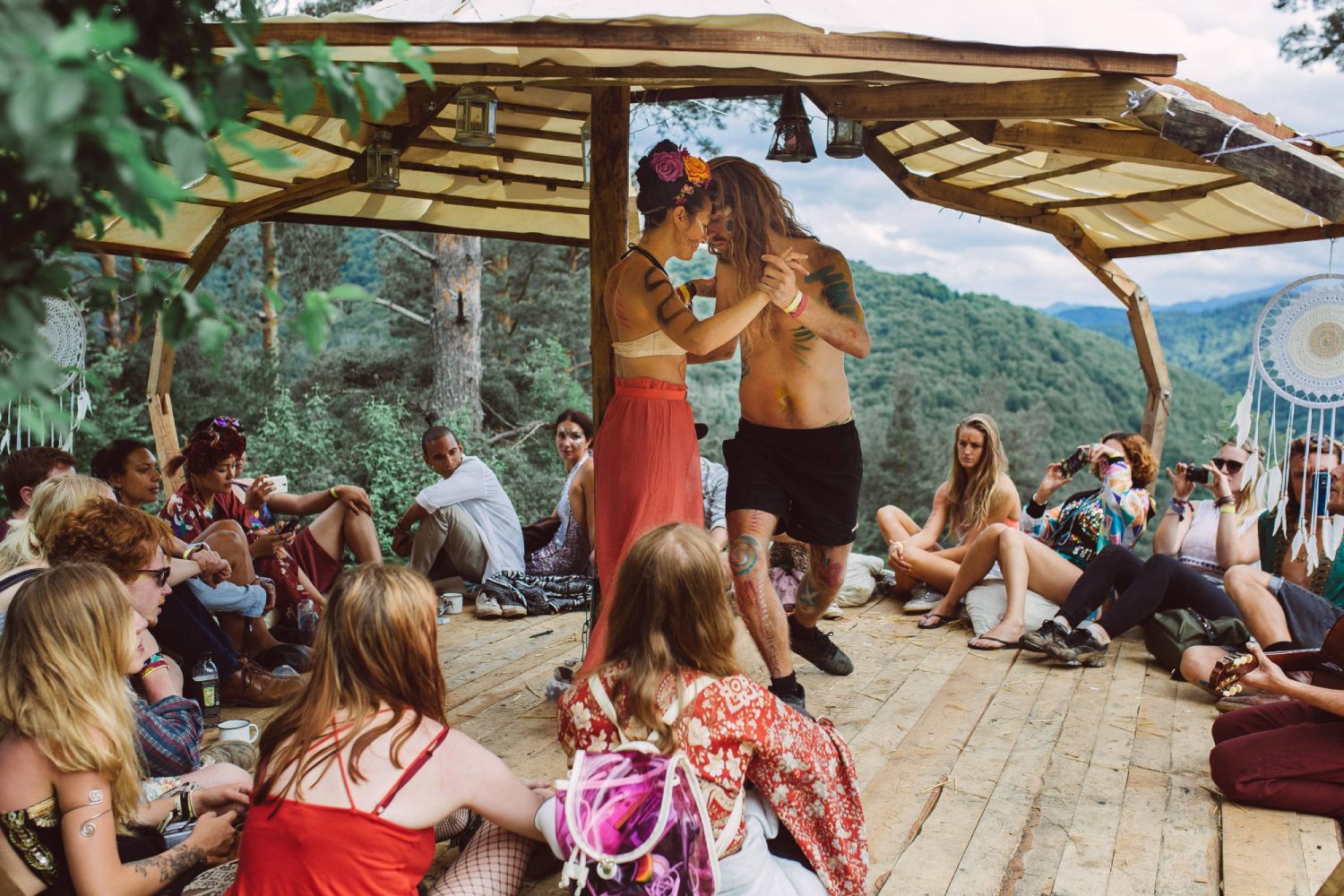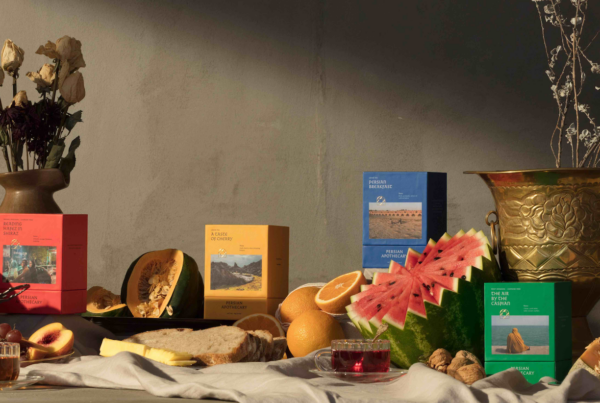Tango medicine, a special, soulful journey by Chichi Amatodo of The Loving Collaborative
There is a side to Tango you may not know. Civil Rights Movements have paved the way to practise freedom and health through your dance, regardless of your gender, class or colour. It is a side that boosts your immune system, helps you live longer and connects you to your community. It can bond you with your friends. It can make you feel adored for who you are, and even walk with swagger when a motor neurone disease tells you can’t. It embraces diversity, all ages, abilities and creeds. “Tango saved my life” is a phrase that often echoes throughout the circles where Tango is danced. In this story I will give you a short insight into the infinite and remarkable world of Tango and its medicine.
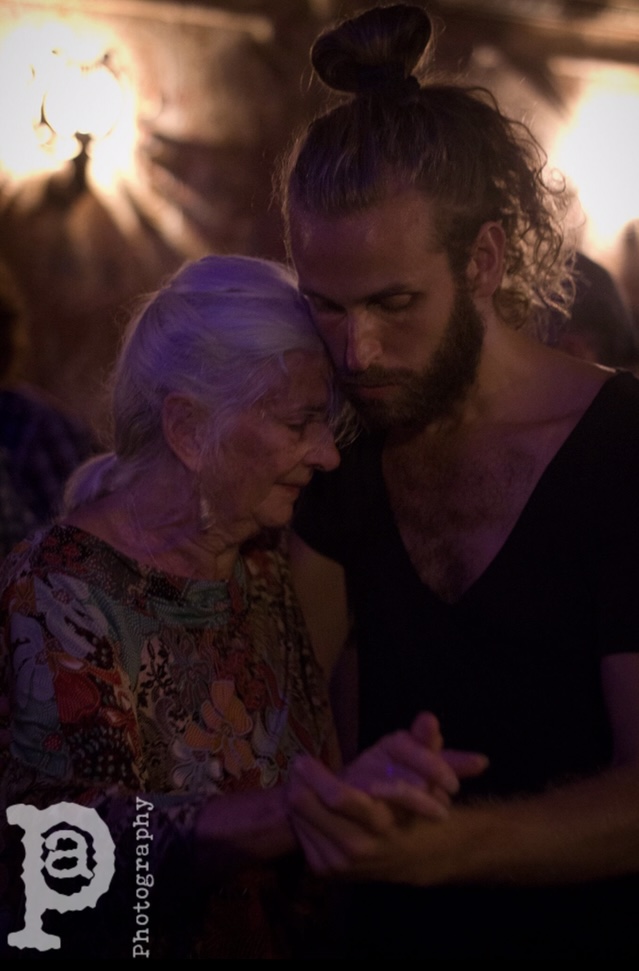
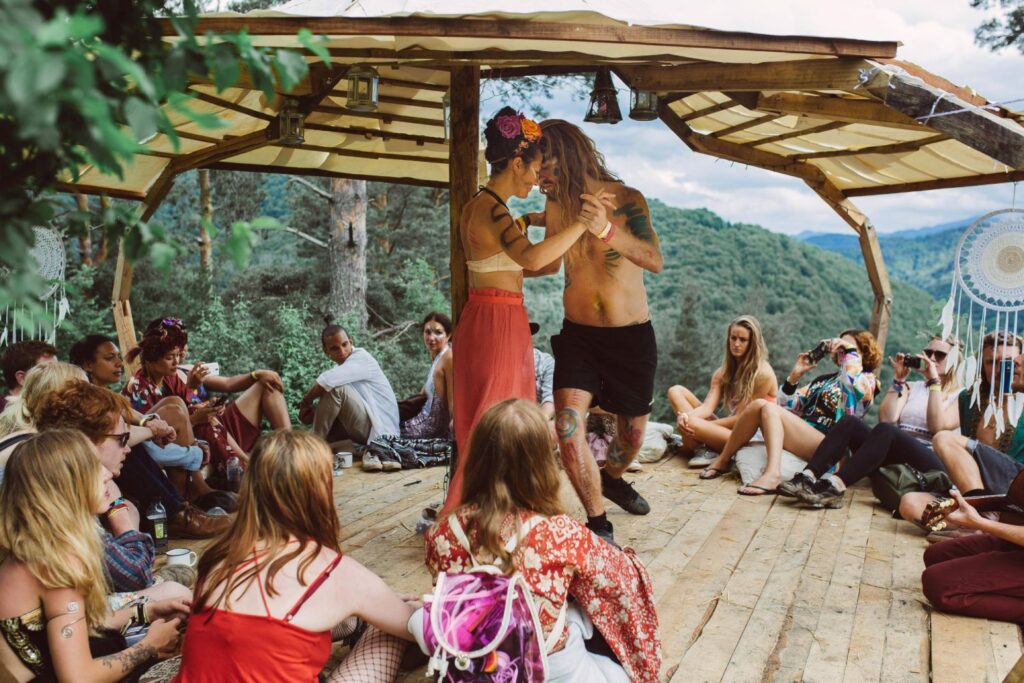
Tango is such an appreciated dance that it was declared human heritage by UNESCO. But this ‘medicine’ can be misconstrued as a simple aesthetic dance, such as in the TV show ‘Strictly Come Dancing’. It is much more than a beautiful dance. It is pure connection, and to achieve this connection it requires patience, practice and focus.
Part of what makes Tango so healing is that it quite literally takes two to Tango. You move on a shared axis, so to improvise a single step, total physical and mental connection is required to move as one. Every step is taken together. An impulse is transferred from one into the other person. To do this, your mind must be silent and your body relaxed, dynamic & grounded. Then, you can begin the journey to move together in unison. This can be quite the journey emotionally and physically. Many things can come up just by being in proximity to another human.
Then you have the roles: that of the leader & the follower.
Tango Roles & Life Metaphors
The leader
The leader assumes responsibility for the person they are leading. They are the eyes of the follower, who is dancing principally walking backwards. The leader keeps them safe from bumping into other dancers, all while conducting a beautiful experience for the follower.
The follower
As a follower it is pure trust – to surrender and permit yourself to be looked after. It’s not every day we are given the chance to be cared for. However, this does not mean you are simply a puppet to be tossed about. This does not work as a dance, or in life. The role of the follower is an active role. You must actively look for your partner’s lead, leaning into their body and contact and empty your mind. You can then flow from their body’s impulse. This is where it gets metaphorically even more on point with life. To be an empowering leader, you, as a follower, must be empowered. Demand the treatment and respect that you need in order to trust your leader. If you don’t feel good dancing with someone, don’t dance with them again, a good practice for life too.
Moving meditation
So you begin to understand that Tango is a therapy in itself – a form of moving meditation and metaphor. Both meditators and Tango dancers have been studied with fascinating results. Both practices help reduce stress, and can even help with depression. This is through entering into the ‘Flow State’, as in meditation, where the body and subconscious take over. After a few years, finding the right connection in Tango can feel like you’re flying.
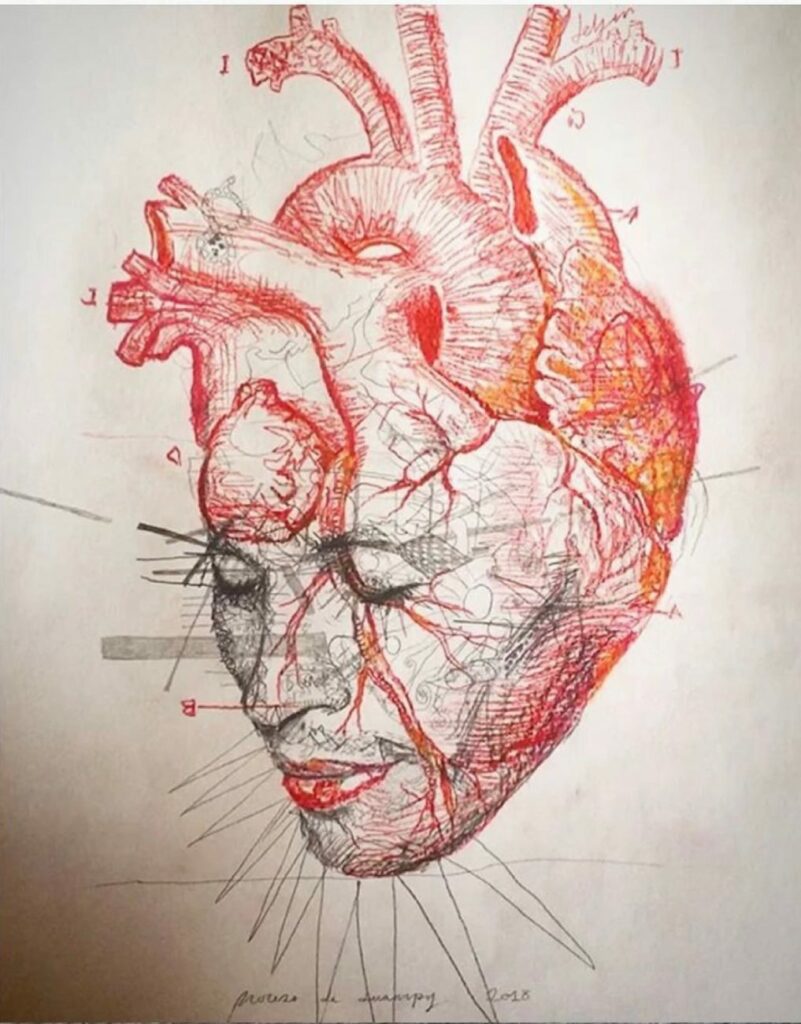
Physiological medicine
Heart to heart is how you dance Tango. It is also how we live longer. A beautiful study of heart tissues showed how each heart cell has its own beat. If you put a heart close to another heart cell, the heart cells beat in sync. Not only that, but they also live longer. So what does this mean? It means that our hearts are transmitters, and that we live longer when we are close to each other. Here is a link to a wonderful article about how we live longer with happy hearts in proximity.
Positive skin contact has been shown to be connected to our immune system. Tango is a language of the body, and where and how the skin touches are the words.
Learning anything new helps the muscle of the brain keep well circulated. Especially when paired with something to do with physical exercise. People start Tango at any age, from 8 to 95 to my knowledge.
Tango’s tangibility
All dance is good for us, Nietzsche once said, “a day without dancing is a day not lived”. It is our heritage as humans. Each dance is a different body language, & you don’t have to be a professional dancer to enjoy it. Tango is of the people – created by the people. The movements that we call ‘vocabulary’ have been created by Joe the builder, and Ms Smith the teacher. It is based on walking, so anyone can do it. It starts simple, just like when you take your first steps as a baby. Challenging at first, despite its simplicity, once you have the hang of it you increase your confidence, and just like a baby’s first steps, with practice, it becomes second nature and you walk with ease. In Tango, you’re on a quest to find your personal movement, your dance, and feeling fluent and natural.
I don’t consider myself a professional dancer. I do consider myself a ‘Milonguera’. This means I dance in the Milonga (where people meet to dance Tango). You don’t have to be professional to enjoy dancing Tango – or any dance for that matter. It’s important to remember that it is a medicine in itself. It is a gift to just enjoy doing something for the sake of it. Something that expresses you, like painting, or writing. Would you ever not swim because you can’t swim like Michael Phelps? No, the man is a mutant. No one can swim like he can, but we can all enjoy a good splash! It’s trying that’s good for us.
Tango Tribe
I started when I was about 24 – relatively late for a ‘dance career’ because my neighbour taught me. It was difficult for various reasons. Not all Tango environments felt kind. Ironically, they felt intangible, as though there was a strict hierarchy. I didn’t like wearing heals, or being forced to be a follower because I was female. But something in me felt that I needed to keep trying. Eventually I found different worlds of Tango, like the queer movement, and teachers who were closer to shamans than dancers. I started to go to the ‘Milongas del Barrio’, which are free and welcome all. There I found tribe all over the world. From squatted palaces in Milan, to Old Opera houses in infamous neighbourhoods in La Boca.
This opened worlds for me. It helped me heal the bond with my Argentine Granny, bringing her back from depression and finding community. Facing my own demons, I ended up studying Folklore and Tango in the University of the Arts in Buenos Aires. Now I dedicate myself to creating safe, kind and welcoming spaces for all to try the wonder of Tango. This is minus the patriarchal baggage and parts I didn’t enjoy!
Tango retreat
We are holding a weekend Tango Medicine Retreat on March 24th -26th. We will focus on the therapeutic aspect of Tango. This will enable connection and a healthy environment and the ecosystem. Guests will enjoy organic food, sauna, live music, hosted in a sustainable community in Wales.
Progressive Tango, teachers are recognising the issues of patriarchal side effects in Tango culture, and taking steps to heal this. By taking gender descriptions out of the roles we enable more inclusive language and Tango practice. For example using ‘leader’ and ‘follower’ instead of man or woman. To teach both roles as reflected in society today, is pivotal in the process of learning to dance Tango.
When you attend a Milonga there are all ages and abilities dancing. It brings together generations, cultures & strata. In a Milonga ‘del barrio’ (of the neighbourhood) families bring their kids and newcomers are welcomed…it’s a friendly environment. In these Milongas it’s not about how good you look. It’s about connection, meeting your community, sharing a moment in each other’s arms. Young or old you have something unique and wonderful in your soul which you transmit in your dance. As Tango, at its core, is a walk, all can dance it, and all are appreciated. This brings people of different ages and generations together.
Civil Rights Movements
Tango is so enjoyable that it has been adopted by the world. During its migration it has taken on many influences. This is the nature of Tango and how it came to be in the first place. It’s a melting pot, divine and diverse. This is remarkable considering it was once illegal and punishable by death. Today there is a form of Tango for every taste. Tango Salon, Tango Queer, Tango Contact, Tango Escenario, Tango Fantasia and more.
The medicine of Tango is a term to describe the healing aspect of Tango. In some it’s easier than in others, but they are all wonderfully epic in their own way. Some forms of Tango have giving birth to human rights movements. They endorse and put into practice pivotal rights in the act of living life free of condemnation. For example, Tango Queer, the right to dance with same sex partners.
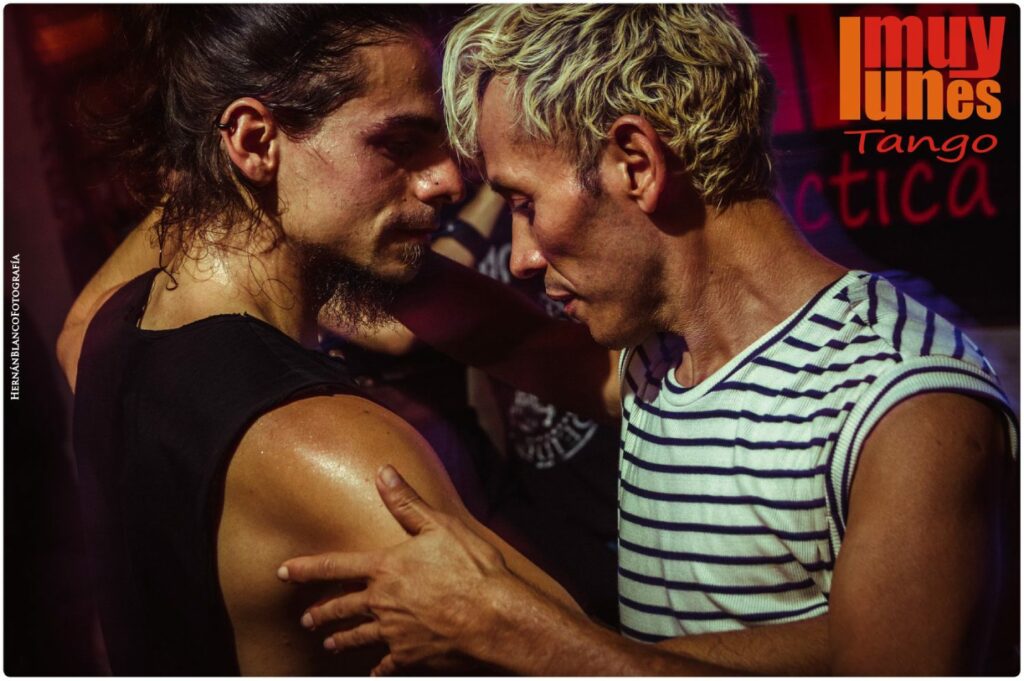
Tango Queer
When Juampy Ramirez and Daniel Arroyo competed and became the first same gender finalists at the Mundial de Tango, Buenos Aires, it was a landmark for all who wished to have freedom of roles in Tango. This is important as in many parts of the world it is still condemned to be anything but cisgender. I know Milongueros (Tango Salon dancers) who, by starting or attending a Queer Milonga in their country and had to flee for their lives. They found refuge in the Tango communities in countries where they were safe to be themselves.
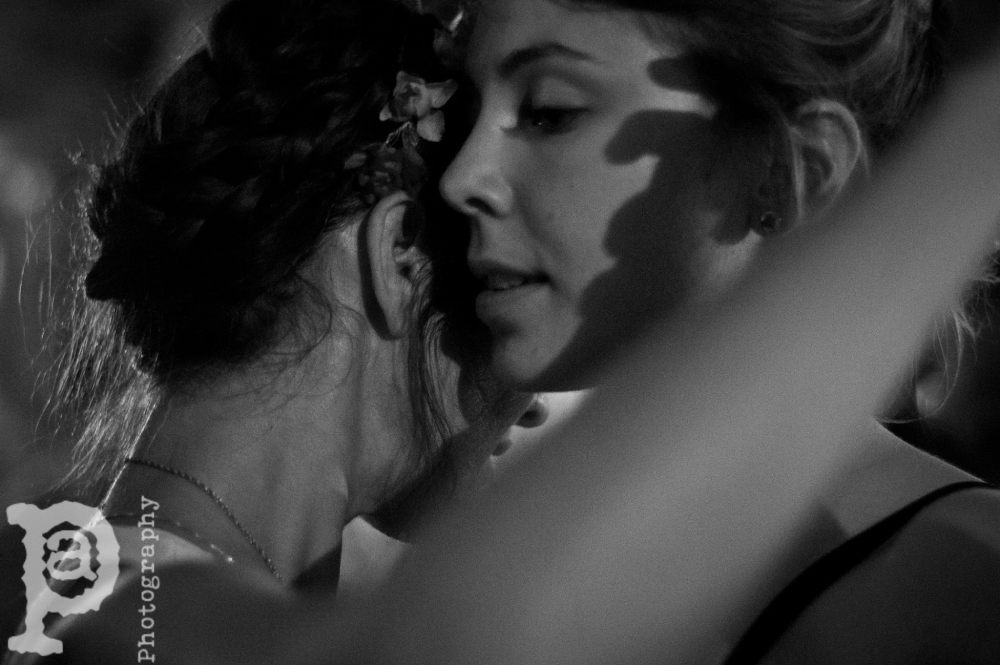
Feminist tango
The MFT (Movimiento Femenista de Tango) is about women being able to practise Tango in environments where they feel safe from a femicide. It birthed a movement called ‘Ni Una Menos’ (Not One Fewer). You can imagine how important bringing that reality to light is. Enabling women’s empowerment on the dance floor is an education we all need to understand. Then to understand how it’s happening on the streets.
Tango Medicine is simply a term we use for healthy Tango dancing. Entire human rights movements have brought its practice into fruition. I adore it, and adore sharing it. If what I have written resonates with you please get in touch.
Tango Medicine Retreat 24th – 26th March, Wales
The Loving Collaborative
Www.thelovingcollaborative.com
You might also enjoy reading about Drew Walker’s journey with The Loving Collaborative

